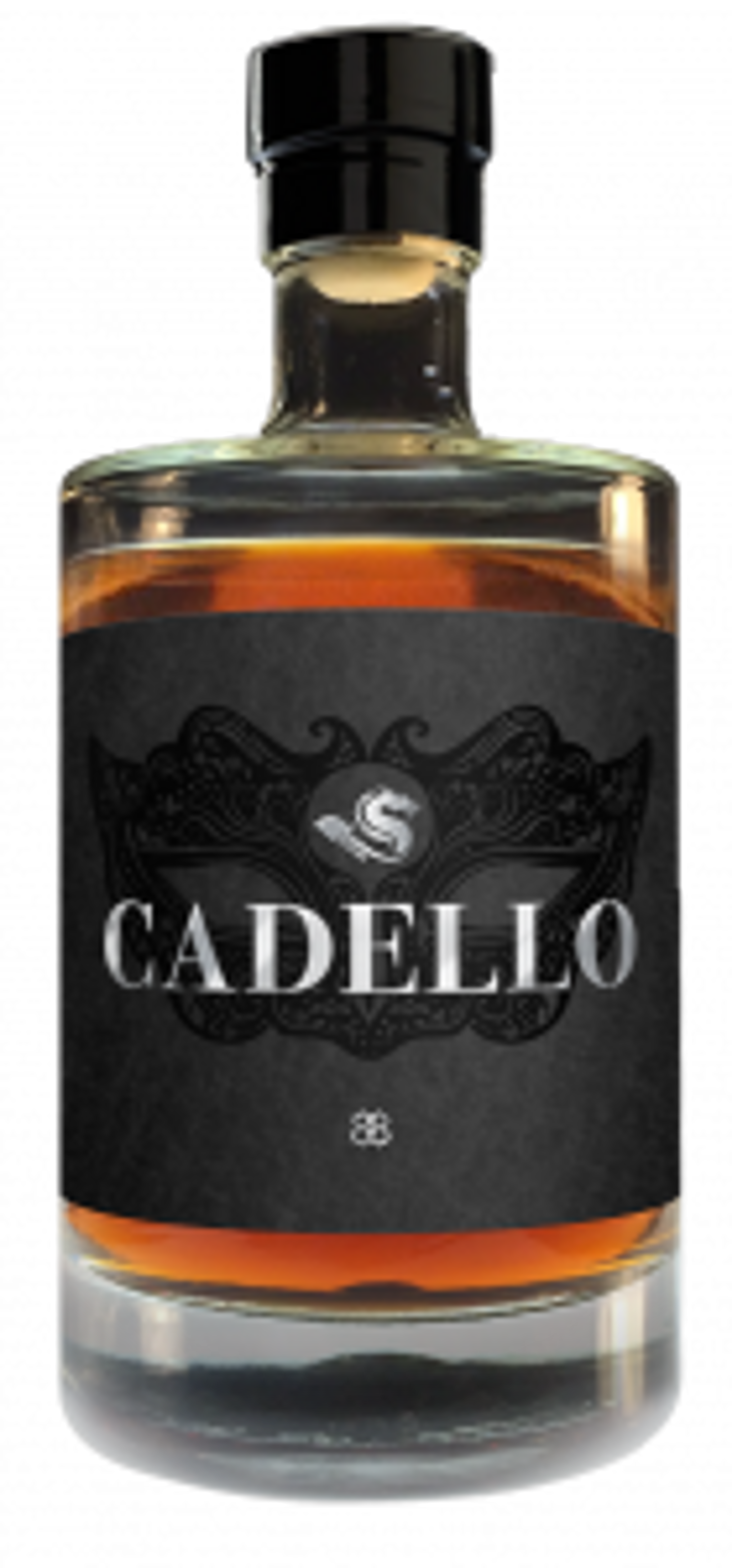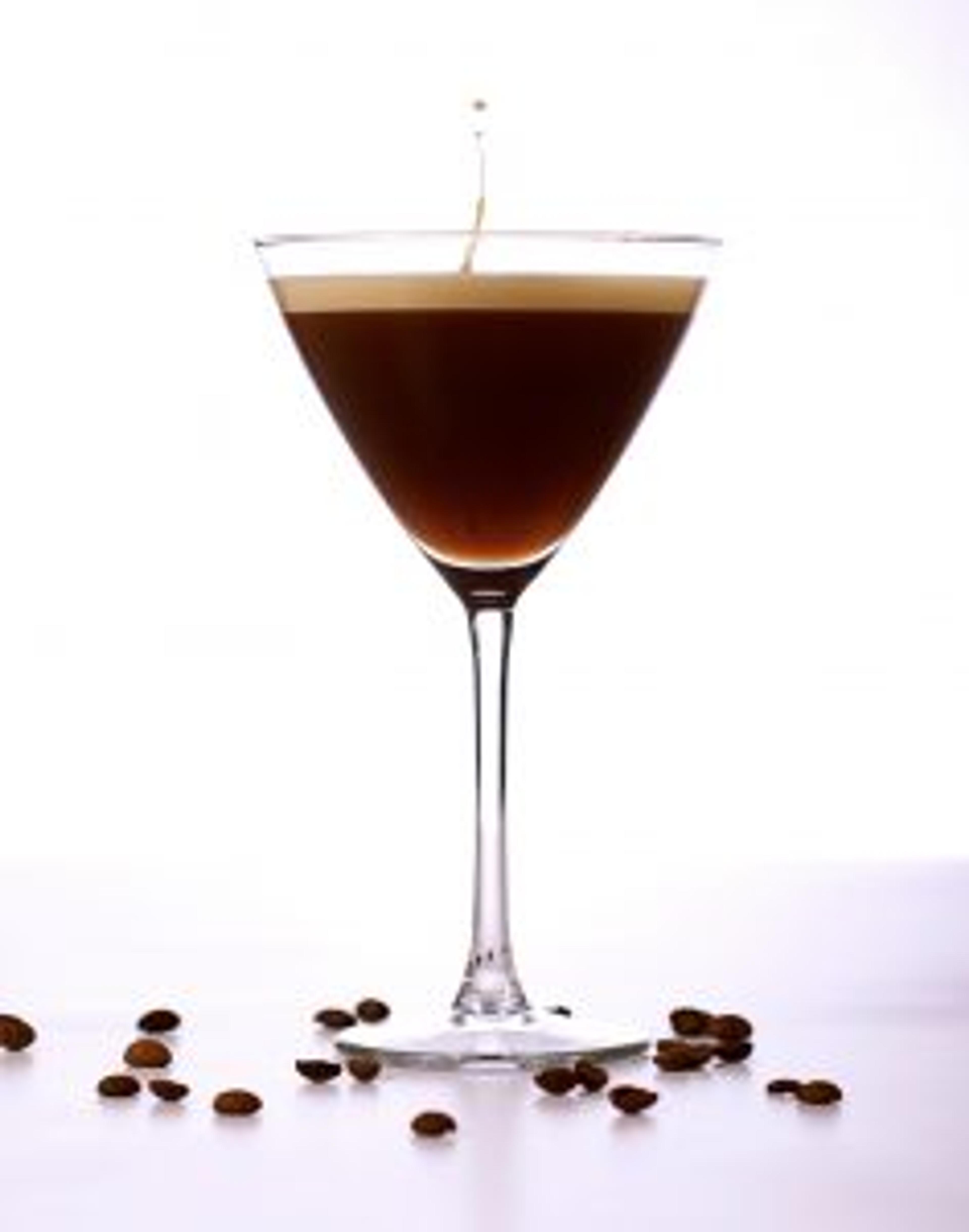Eating coconuts promotes several health benefits. However, applying coconut oil on your skin can help boost the skincare benefits it provides. Coconut oil is rich in fatty acids that help smoothen, moisturize, and beautify skin. You can even find different skincare products with this component as the main ingredient. Continue reading to know more about the many benefits that coconut oil has in store for your skin.
Soften Skin
Rough skin is a product of dehydration. Dry skin is prone to itching and cracking. Severe cases of skin dehydration might also lead to bleeding and infection. Use coconut oil for skin to help combat this predicament.
Take a small amount of coconut oil and rub it between the palms of your hands. Apply the organic skincare product on affected areas like your face, arms, and feet.
Coconut oil is also an ideal solution for imparting additional moisture to hardened and cracked feet. This skin condition can happen because of constant stress on your feet. Otherwise, extremely dry feet might also be an outcome of cold weather.
But take note that coconut oil is not a “cure all” solution for all skin problems. With that said, you can still use this naturalcompound on your cracked feet. However, the cracks might not vanish without the help of other skincare solutions. Nonetheless, regular use of this organic skincare product will help your feet and other areas of the skin to soften over time.
Moreover, use coconut oil with natural exfoliating agents like salt, sugar, and baking soda to help remove flakes from the skin. Leaving these particles may cause them to block pores, which can lead to other concerns like acne and blackheads.
The comforting nature of this natural oil, combined with the organic exfoliating material, will leave your skin soft with an even tone. This solution is an ideal choice for people with dry or sensitive skin.
Treats The Scalp
White flakes falling on your shoulders might make you think that it’s snowing outside, even if it’s still the middle of summer. Dandruff comes from the production of excess sebum on the scalp. But some folks are more sensitive to sebum in this area of the skin.
The sensitive scalp can become inflamed, itchy, and red. When the body detects this irritation, it sends signals that indicate to the brain that skin cells should be shed more rapidly than usual. This method is an attempt at shedding the irritant, but it causes dandruff instead.
You can use coconut oil’s moisturizing nature to help reduce the irritation on your scalp. Start by heating three to five tablespoons of organic coconut oil. Apply the natural skincare product on dry hair. Do this procedure before going to sleep at night.
If you’re worried that the oil will make a mess on your bed and pillows, cover your hair with a shower cap before going to bed. Your hair should become less frizzy when you wake up in the morning. Moreover, your scalp will thank you as it acquires more moisture during the night.
As a word of caution, it can be challenging to remove all the coconut oil from your hair after treatment. Thus, it’s best to apply this organic substance when you’re not going to be in a hurry for the next day.
Be patient when using coconut oil in treating the scalp and removing dandruff, as positive results might not appear overnight. But keep applying this solution, along with other proper skin care techniques, to ensure your scalp and other areas of the skin stay healthy and irritant-free.
Helps Treat Skin Disorders
Skin ailments can lower your confidence. You’d rather hide your skin from the watchful eyes of the public than show off your features to the world.
As per a post from the US Department of Agriculture (USDA), coconut oil contains vitamin E. This vitamin helps improve and maintain excellent skin health. Take advantage of this nutrient to help improve and treat skin disorders like:
● Acne● Eczema● Psoriasis● Skin cancer
But the positive effects brought about by coconut oil and its vitamin E content may differ for each person. Consult your doctor first before applying skincare products with coconut oil to check if the organic substance can help improve your skin condition.
Removes Makeup
Removing all makeup before going to bed is crucial for excellent skin health. You can buy cleansers on the market to remove cosmetics from your skin. However, some of these products may contain harmful chemicals that are not ideal for individuals with sensitive skin.
Makeup removers for sensitive skin are already on the market, but some products still have synthetic ingredients, which may cause damage to people who are allergic to these substances. If you think the risks are too high when shopping for the right makeup remover, consider using coconut oil instead.
Coconut oil is a gentle yet effective makeup remover suitable for all skin types. But remember to be extra careful when applying this organic oil around your eyes. Wipe it off with a clean, damp, and warm face cloth afterwards.
Helps Heal Wounds
Studies show that coconut oil can help accelerate wound healing. One particular research published by the Department ofBiochemistry at the University of Kerala in Thiruvananthapuram, India, showed that virgin coconut oil used on laboratory rats with wounds tended to increase collagen levels and improved antioxidant status. These characteristics of the oil help produce essential proteins that aid in accelerating wound healing.
Additionally, coconut oil has antimicrobial properties to help prevent infection in wounds. The existence of harmful bacteria can become a significant risk factor that complicates or prevents the normal wound-healing process.
An Excellent Moisturizer
All skin types should have ample amounts of moisture to remain healthy. Don’t think that you don’t need the extra moisture if you have oily skin. You should still give yourself the gift of healthy moisture instead of the excess dampness delivered by sebum.
Consider using coconut oil to maintain a healthy amount of moisture on your skin, especially if it looks and feels dry. Moisturize dry skin with this organic oil and its rich vitamin E content.
Take note that you don’t need to go overboard with the application of coconut oil to moisturize your skin efficiently. You only need to apply a small, pea-sized amount to the area of your choice. You may also choose to leave the oil on your skin overnight.
Eventually, the skin absorbs the oil to take advantage of its healthy properties. You can use coconut oil in places where there’s dry skin, such as the knees, elbows, heels, and face.
As a bonus, coconut oil is also an excellent lip moisturizer and cuticle cream. Apply the oil at any time of the day on your lips and nails for that extra luscious shine.
Helps Remove Eye Bags
Stress and lack of sleep can cause bags to appear under your eyes. Sleep deprivation and the pressure of everyday life may reduce hydration in the area around your eyes. Remember, the skin in this area is thinner than other parts of the face.
Make sure you take extra care of the skin around your eyes. But you might not want to spend a significant amount of cash on high-end eye creams, especially if you’re following a tight budget. Coconut oil can be an ideal yet low-cost alternative to these expensive eye care products.
Moreover, you can obtain excellent value for money when you buy coconut oil for your eyes. You only need to dab a small amount of the oil around your eyes after your nighttime routine and before going to bed. That tiny amount should keep the skin in this area plump with hydration.
Furthermore, adding more moisture near your eyes helps improve other conditions like crow’s feet and fine lines.
Made For Deep Cleansing
Many individuals might believe that coconut oil can only remove dust, dirt, and other unclean particles on the skin at the surface level. But this natural oil can also remove these unhygienic substances from the deeper recesses of your skin.
Use coconut oil to remove excess oil, along with other unclean substances from your skin. This eliminates nasty grease and grime to let you flaunt fresh-looking skin full of hydration and nutrients.
If you wish to use coconut oil for deep cleansing, apply half-a-teaspoon of the organic skin care product on your skin. Gently massage it by rubbing your fingers over the oil and skin for a few minutes. Next, place a warm cloth over your face and keep it there for about 30 seconds. Remove the fabric afterward and wipe away any excess oil.
You will see how clean and revitalized your face will feel after using coconut oil. You may also apply ice on your skin after deep cleansing with this oil to help minimize pores.
The Takeaway
Several health benefits are in store for individuals that use coconut oil for their skin. This organic oil can help remove skin imperfections, treat dandruff, and moisturize the skin deeply. The various healthy components of this natural skincare product can produce amazing results for different people. Consult your dermatologist for any concerns about the use of coconut oil in daily skincare routines.




